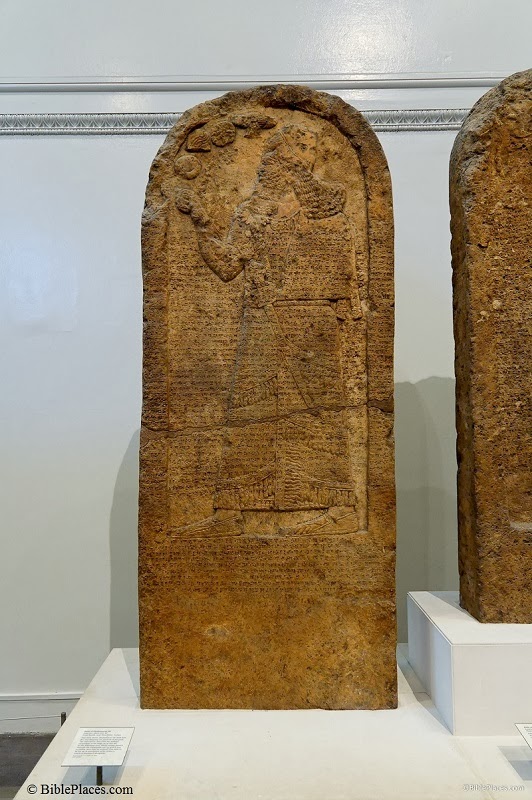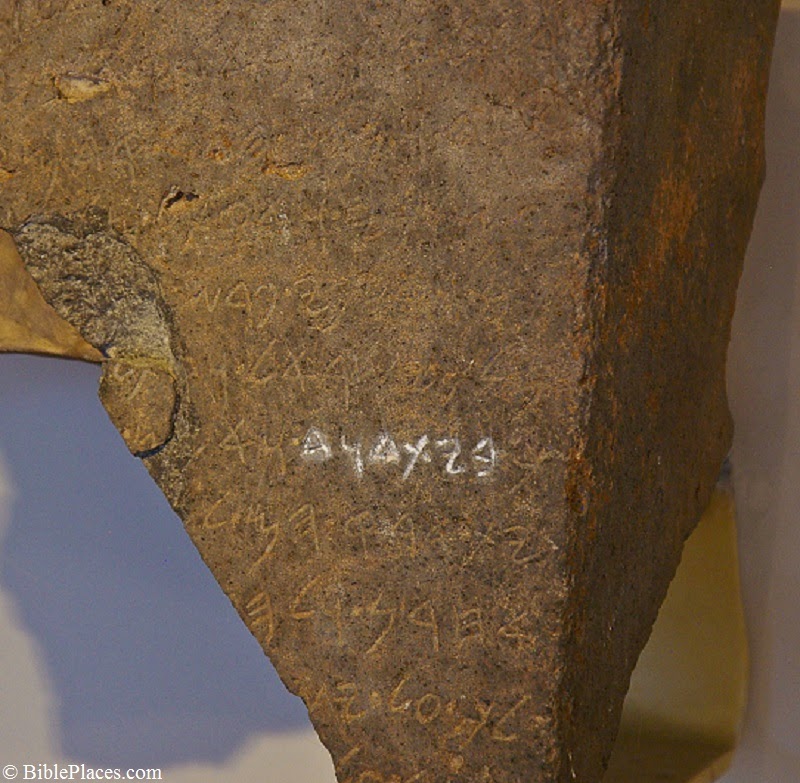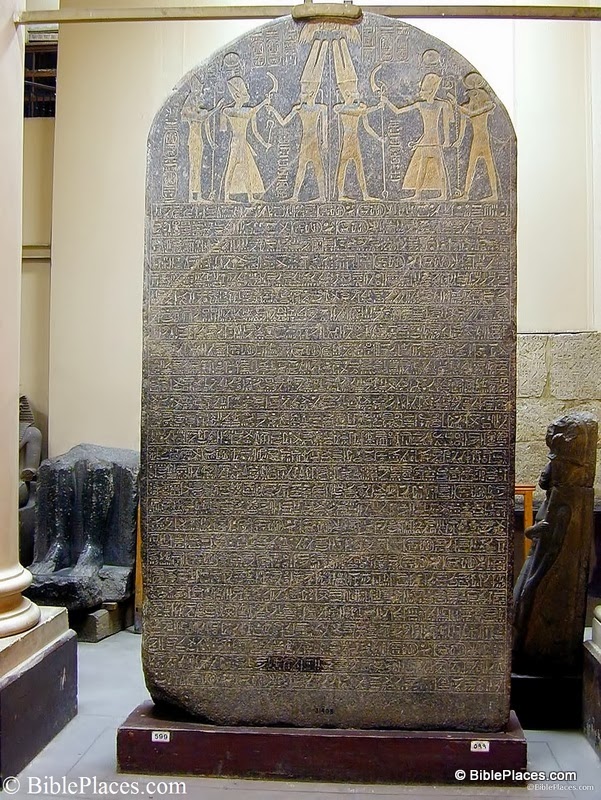
(Posted by Michael J. Caba)
This limestone monument, known as the Kurkh Monolith, is approximately seven feet high and is now located in the British Museum. Discovered in 1861 in Kurkh, Turkey, it was originally carved in c. 852 BC by the Assyrians. The cuneiform writing on the monument refers to a battle at Qarqar involving King Ahab of Israel, who is also frequently referred to in the Bible (cf. 1 Kings 16-22).
Of interest to Biblical studies is the fact that the battle mentioned on this monolith is not mentioned in the Bible, thereby indicating that the Biblical writers were selective in the events they recounted. Further, King Ahab is depicted in the inscription as being one of the major military contributors to a coalition of local forces which was assembled to counter the Assyrian threat. This coalition also included Damascus, which was often at odds with Israel. Though the monolith contains the typical Ancient Near Eastern talk by the Assyrian king claiming victory and so forth, it appears from subsequent events that the battle may not have gone so well for the Assyrians.
(Photo: BiblePlaces.com. Significant resource for further study: The Context of Scripture, Volume 2, pages 261-264.)

